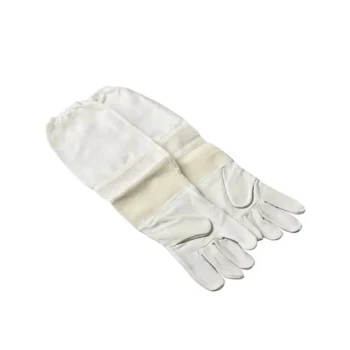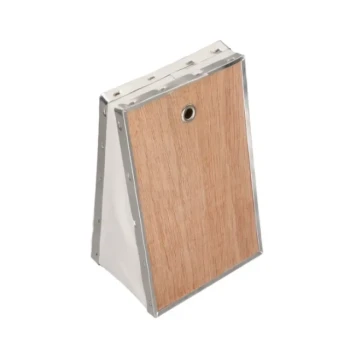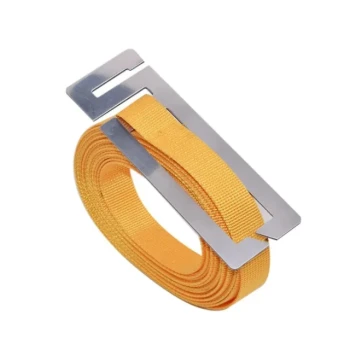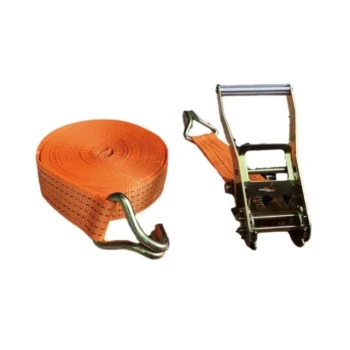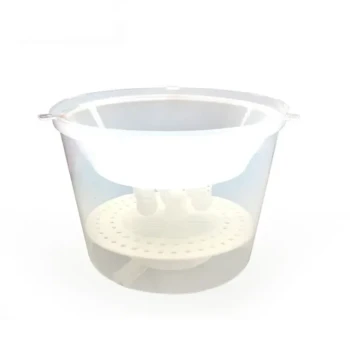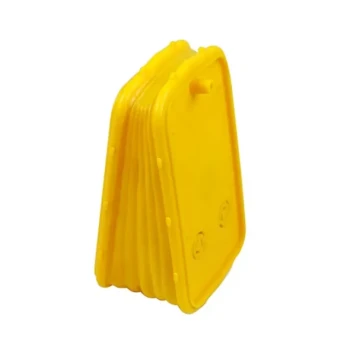At its core, choosing the most sting-resistant beekeeping glove is a balancing act. The key factors that determine a glove's effectiveness are its material, its fit, and the length of its cuff, as these three elements collectively dictate both protection and your ability to work confidently.
The most effective beekeeping glove is not simply the thickest one available. It is the one that provides sufficient sting protection while maximizing your dexterity, as calm and precise movements are your best defense against agitating bees in the first place.
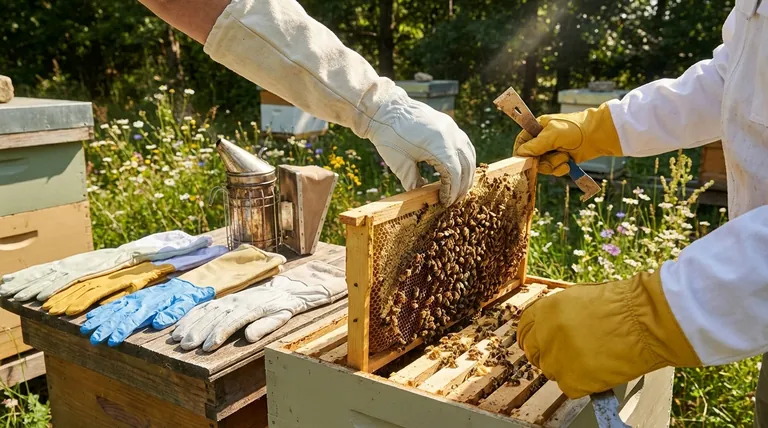
Deconstructing the Ideal Beekeeping Glove
To find the right glove, you must understand how each component contributes to your safety and effectiveness during a hive inspection.
The Material: Your First Line of Defense
The material is the most obvious barrier between you and a bee's stinger. Each type offers a different balance of protection and flexibility.
Goatskin leather is the traditional choice for maximum sting resistance. Its dense fibers are very difficult for a stinger to penetrate. However, it can be stiff, reducing your ability to feel and handle delicate frames or the queen.
Cowhide leather is another durable option, often thicker and less flexible than goatskin. While highly protective, it significantly impairs dexterity and is generally better suited for heavy-duty hive work rather than delicate inspections.
Nitrile gloves, particularly thick, high-quality versions, offer a modern alternative. While not as puncture-proof as thick leather, they provide excellent dexterity and a snug fit, which can prevent the clumsy movements that provoke stings.
The Fit: Confidence Over Clumsiness
A proper fit is non-negotiable and just as critical as the material.
Gloves that are too loose create folds and excess material, making you clumsy. This increases the risk of accidentally crushing bees, a primary trigger for defensive stinging from the rest of the colony.
A snug fit translates directly to better dexterity. It allows you to feel what you are doing, move with precision, and handle frames and equipment gently, keeping the hive calm.
The Cuff: Securing the Weak Point
Bees often target the gap between your glove and your suit.
A long cuff that extends well up the forearm is essential. It should be wide enough to comfortably overlap your beesuit sleeve and be secured with elastic. This creates a bee-proof seal at the wrist, a common and vulnerable entry point.
Understanding the Trade-offs
Choosing a glove isn't about finding a single "best" option, but about understanding the compromises you are making.
Protection vs. Dexterity
This is the central conflict in glove selection. Thicker materials like cowhide and goatskin offer the highest level of physical sting protection but come at the direct cost of dexterity.
Conversely, gloves that offer high dexterity, like nitrile, allow for more sensitive and careful handling of the hive. This can prevent stings from happening in the first place by reducing bee agitation, even if the material itself is less impenetrable.
The Hidden Risk of Poor Fit
Many beekeepers mistakenly believe thicker is always better. However, an ill-fitting, overly-thick glove that makes you clumsy can be more dangerous than a thinner, well-fitting one.
Dropping a frame or crushing bees because you can't feel what you're doing will provoke a far stronger defensive reaction from the hive than a single, incidental sting.
Making the Right Choice for Your Goal
Select your gloves based on your experience level and the temperament of your bees.
- If your primary focus is absolute sting-proofing for a defensive hive: Choose a thick, high-quality goatskin leather glove and accept the reduction in dexterity.
- If your primary focus is balance and dexterity for routine inspections: A well-fitting, thinner goatskin glove or a pair of heavy-duty (7-9 mil) nitrile gloves are excellent choices.
- If you are a beginner building confidence: Start with a supple, well-fitted goatskin glove that provides a strong sense of security, which is crucial for learning to move calmly and deliberately.
Ultimately, the right gloves empower you to work with your bees calmly and confidently, transforming your approach from defensive to collaborative.
Summary Table:
| Factor | Key Consideration | Impact |
|---|---|---|
| Material | Goatskin (max protection), Nitrile (best dexterity) | Dictates sting resistance and flexibility |
| Fit | Snug, no loose folds | Prevents clumsiness and accidental bee crushing |
| Cuff Length | Long, extends up forearm | Seals the wrist, a common sting entry point |
Equip your apiary with the right protection. For commercial beekeepers and distributors, the right gloves are essential for safety and efficiency. HONESTBEE supplies high-quality, durable beekeeping gloves designed for professional use. Let us help you find the perfect balance of protection and dexterity for your operation.
Contact HONESTBEE today for wholesale pricing on reliable beekeeping supplies and equipment.
Visual Guide
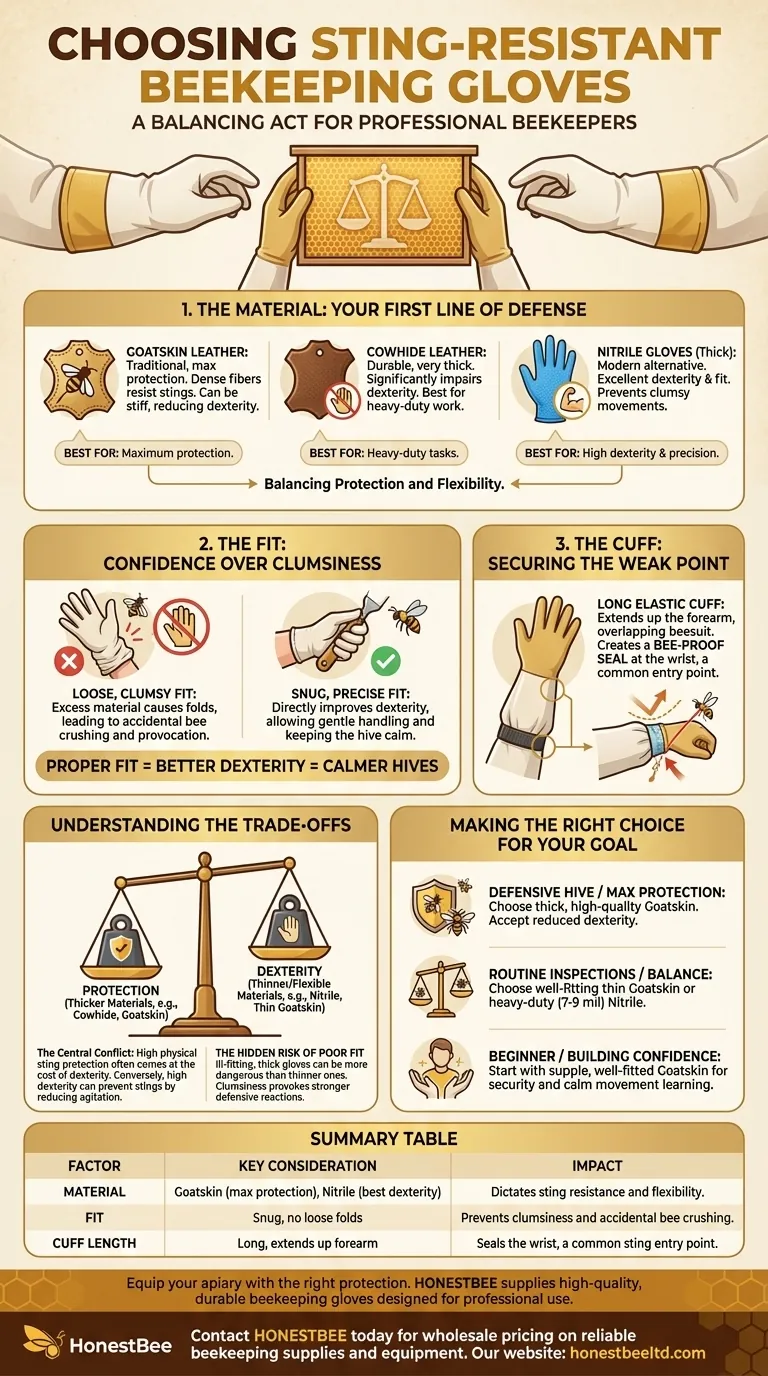
Related Products
- Beekeeping Gloves Goatskin Leather with Long Cotton Sleeve for Beekeepers
- Goat Skin Leather Bee Sting Proof Beekeeping Gloves with Canvas Sleeve
- Goatskin Leather Beekeeper Gloves with Vent Long Sleeve for Beekeeping Honey Bee Sting Proof Protection
- Mesh Ventilated 3 Layer Goatskin Beekeepers Gloves for Beekeeping
- Professional Galvanized Hive Strap with Secure Locking Buckle for Beekeeping
People Also Ask
- What are the arguments for and against using gloves in beekeeping? Balancing Protection and Dexterity
- What is the safest way to handle frames in beekeeping? Master Gentle Handling for a Calm Hive
- What are the features of ventilated bee gloves? Stay Cool & Dexterous in Warm Weather
- Why is dexterity and flexibility important in beekeeping gloves? Boost Your Hive Management Efficiency
- Should beekeepers wear gloves, and why? Essential Protection for Beekeepers


